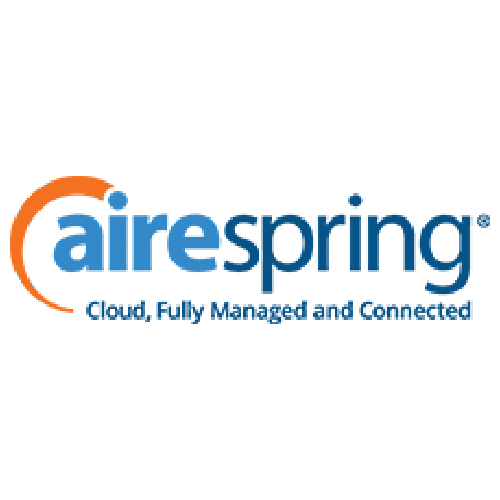Unified Communications as a Service (UCaaS)
Business communications are integral to the success of most businesses.
Procuring, deploying and maintaining these services can be challenging, often requiring a support staff to manage the complexities and work to balance the “cost vs. efficiency” conundrum. What if these challenges were mitigated or removed altogether, resulting in a collaborative business communications environment that allowed employees to perform at maximum efficiency?
UCaaS is a software-based platform that makes this a reality by providing seamless collaboration between devices and communications platforms. VoIP, mobility, voice/video conferencing, IM, mobile device, collaboration, and presence technologies all work together in a single, unified communications environment. UCaaS offers seamless integration with business processes, while often achieving a lower Total Cost of Ownership (TCO) than a traditional, premised-based PBX or communications solutions.
Mobility
Scalability
Business Continuity
Cost Efficiency
Ease of Administration
Interoperability
Mobility
Employees enjoy the same unified communication experience regardless of whether they are in the office, working remotely, or logging in from a mobile device. Having a consistent organizational interface provides for increased productivity.
Scalability
Unified Communications services are scalable to match the ebb and flow of the business. This provides the customer with an assurance that their communication requirements remain nimble. Add additional users in minutes instead of days or weeks.
Business Continuity
In the event of service impairment, telecom traffic can be quickly and easily re-routed to an alternate location or device. Loss of communication could result in lost revenues. However, Unified Communications services can significantly mitigate those potential exposures.
Cost Efficiency
Unified Communications is a cloud-based infrastructure, run via software platform, requiring minimal capital expenditure. Organizations are no longer required to make significant investments into premise-based infrastructure, cover energy costs or configure and manage phone-system hardware – potentially reducing operational expenditures.
Ease of Administration
Customer web-portals allow “on-demand” movement dictated by the client. Admin credentials provide the customer’s the ability to; add, modify, delete users, and/or upgrade and downgrade subscription needs. Because of the product’s real-time nature, clients are no longer required to allocate time to the tedious and time-consuming call-center/customer-care initiatives.
Interoperability
Built on a software stack that is easily integrated through APIs into your existing custom or packaged applications, Unified Communications services improve overall end-user efficiency and customer experience.
























